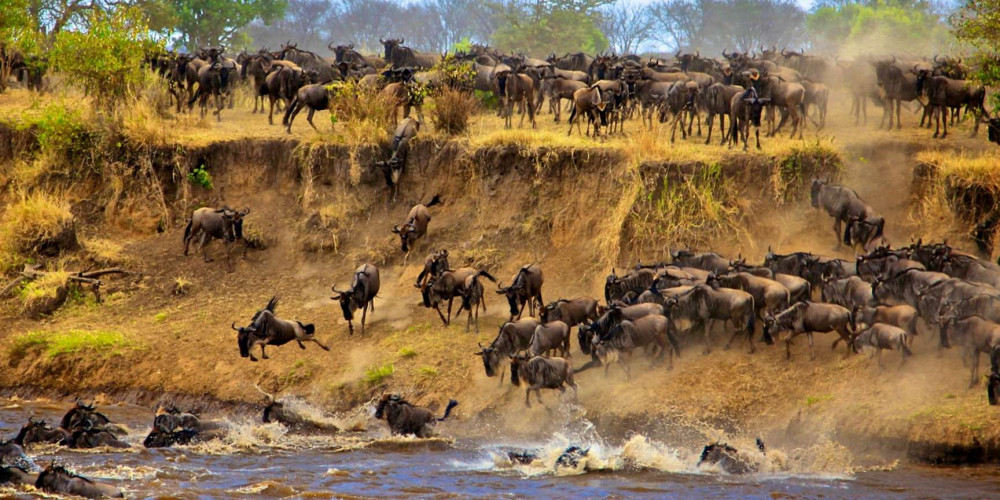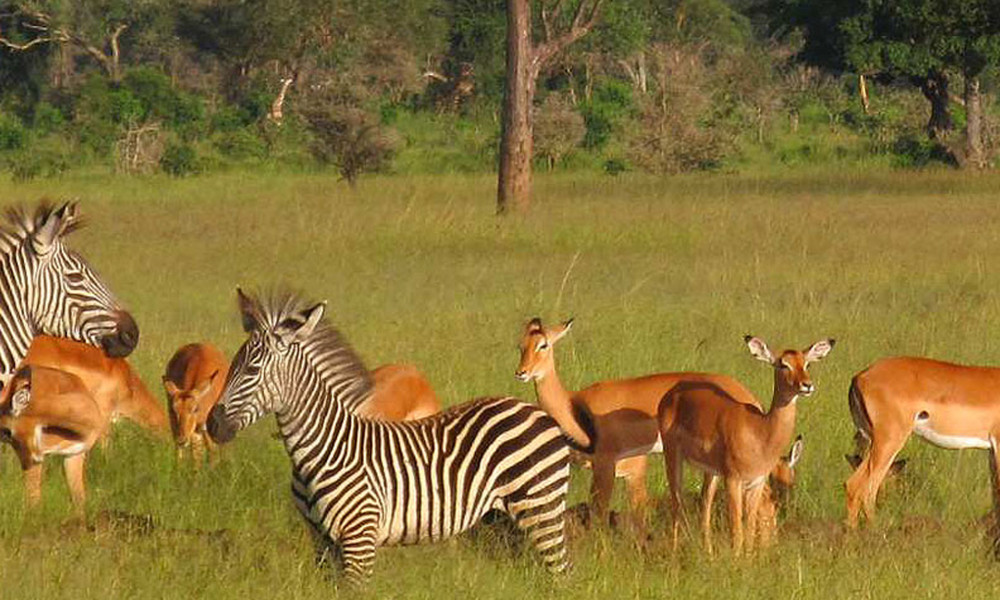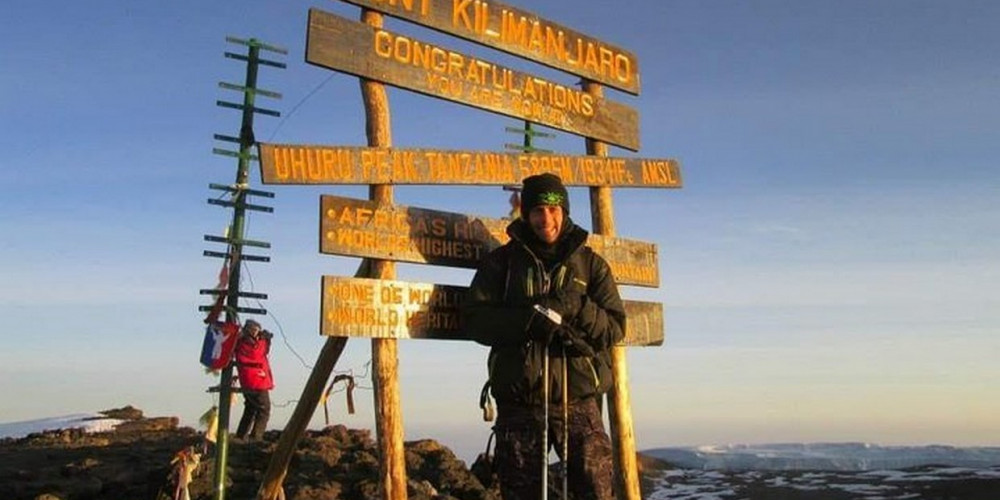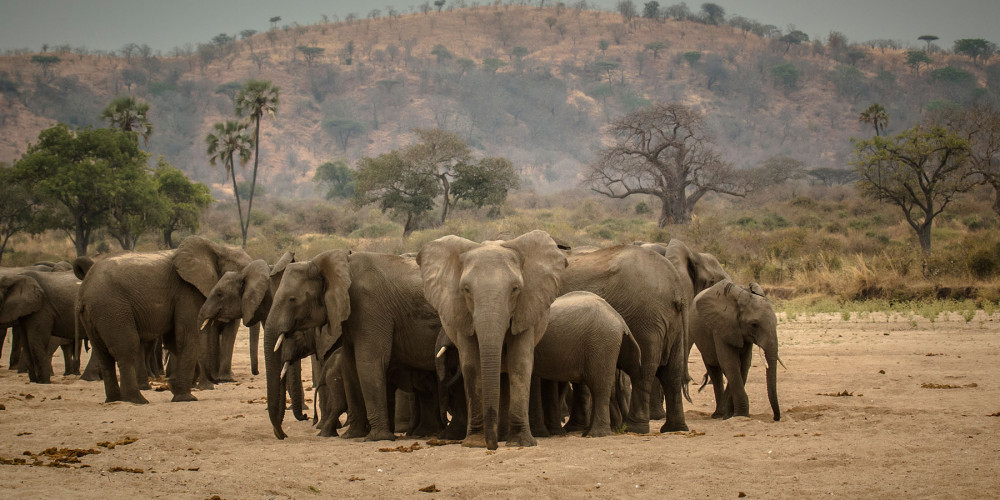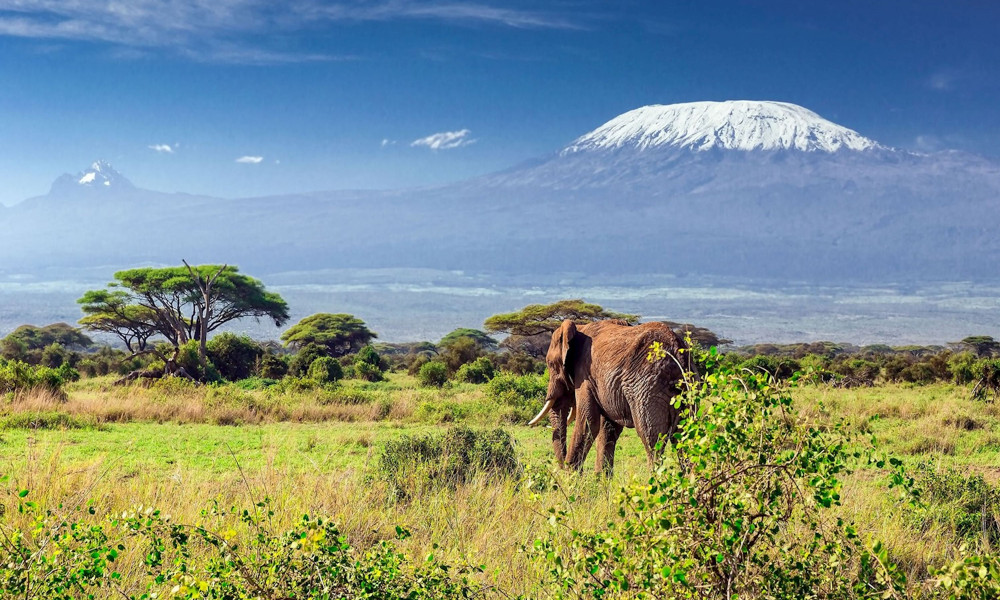
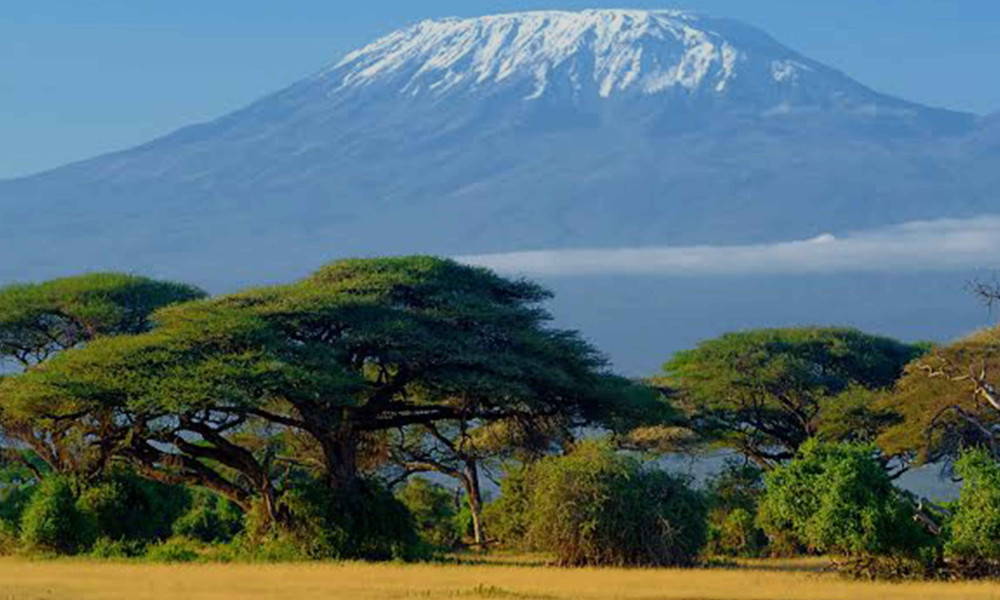
Climbing Mount Kilimanjaro in Tanzania is a bucket list item for many adventurers. But how do you tackle this challenge? When should you go, and what do you need to know before you start your journey? Let Tanzania Safaris guide you through the important details.
Mount Kilimanjaro stands at an impressive height of 5,895 meters above sea level, making it the highest free-standing mountain in the world and the highest in Africa. It is one of the seven summits, attracting mountaineers from all over the globe.
Formerly known as Kaiser-Wilhelm-Spitze, the mountain is located in Tanzania, close to the border with Kenya. Although it may not require advanced technical skills to climb, it is still a challenging feat.
In this article, we’ll take a closer look at this snow-capped giant, from its location to the best times to climb, as well as important tips to ensure a successful ascent. Let Call Tanzania Safaris help you plan the adventure of a lifetime.
In this comprehensive guide, we will walk you through the process of climbing the majestic Mount Kilimanjaro in Tanzania, which is not only the highest free-standing mountain in the world but also the highest in Africa. Whether you are a first-time mountain climber or an experienced mountaineer, this article is for you. We will delve deep into the crucial aspects of planning a successful climb, including choosing the best route, training, fitness, and altitude sickness prevention. If you are a beginner, make sure to check out our beginner’s guide to climbing Mount Kilimanjaro. For more advanced climbers, we have compiled a list of our top 50 tips for safely and successfully summiting this magnificent mountain.
As soon as the idea of trekking Kilimanjaro comes to mind, the journey begins. Below is a list of important things to consider for efficient trip planning.
Choose a trekking route,
The weather conditions on Mount Kilimanjaro play a crucial role in determining the success of your trek and reaching the summit. Therefore, it is important to carefully consider when to climb Kilimanjaro.
Adverse weather conditions on Kilimanjaro can make your trip unpleasant and even double the difficulty of the ascent. On the other hand, if the weather is excellent, your chances of reaching the summit are higher.
It is important to note that Mount Kilimanjaro is located close to the equator and experiences two distinct seasons: dry and wet. These seasons are similar to winter and summer in Europe, the United States, and other parts of the world.
There are eight unique routes on Mount Kilimanjaro, differing in duration, price, scenery, and difficulty. Choosing the right route is a crucial decision when planning your climb. Consider your time, budget, experience, fitness, season, and preferences.
3. Discover the thrill of trekking Mount Kilimanjaro with our trekking team
Join us on an unforgettable adventure to summit the highest peak in Africa, Mount Kilimanjaro. With our experienced guides, top-notch equipment, and customized itineraries, we ensure that you’ll have a safe and successful climb. From choosing the best route to training and acclimatization, we take care of every detail so that you can focus on the breathtaking scenery and the thrill of reaching the summit. Book with us now and let us make your dream of conquering Kilimanjaro a reality!
To enter Tanzania, a valid passport and visa are required, with the passport being valid for at least six months. Contact the Tanzanian embassy or consulate in your region or visit their website to learn how to obtain your visa. If your country does not have a Tanzanian embassy, you can obtain a visa on arrival or, even easier, apply online.
To make accessing Mount Kilimanjaro easier, we recommend choosing to land at the Kilimanjaro International Airport (JRO), which is the nearest airport to the mountain. Most travelers fly into JRO, which is located between Arusha and Moshi, with Mount Kilimanjaro being closer to Moshi. Arusha is usually the starting point for safaris to Ngorongoro, the Serengeti, Tarangire, and other wildlife preserves on the northern circuit of Tanzania. However, you may also consider traveling to/from other major airports in the region, such as Dar es Salaam, Zanzibar, or even Nairobi, especially if you are planning an extended vacation in Tanzania.
To enter Tanzania, a yellow fever certificate is mandatory, and it is recommended that you receive other vaccinations. It’s best to speak with your doctor early since some require months to complete. Additionally, based on your itinerary, you may want to take anti-malaria medicine, which your doctor can advise you on. The required vaccinations and medication will vary depending on the duration of your trip and if you plan to visit other places in Tanzania, such as Zanzibar or a safari
When you book with Call Tanzania Safari, quality camping gear is already included in the cost. We can also help you rent additional equipment and gear like sleeping bags, hats, headlamps, jackets, and even hiking boots that you may not want to buy for occasional use or transport across Tanzania on a long journey. In addition, you will require gloves, a warm hat, decent sunglasses, sunscreen (for the lips, too!), a day pack, rain protection for everything, water bottles/camelbacks, and more. All of these items should be of great quality and thermal. Most significantly, your hiking boots must be well-worn-in and of great quality. Check out our compressive guide on Mt Kilimanjaro packaging list.
Climbing Mount Kilimanjaro is a popular trek that doesn’t require specialized climbing gear or knowledge. Most of the mountain is walkable, except for a few segments like the Barranco Wall. However, it’s essential to prepare properly to avoid altitude sickness and make your trek as comfortable as possible. To ensure a successful climb, long-distance trekking and hiking experience can be beneficial, as well as being accustomed to roughing it. Our team at Call Tanzania Safari recommends starting your preparation months in advance. While climbing skills are not necessary, the more you can do before the climb, the better.
Climbing Kilimanjaro is an adventurous activity that requires planning and preparation, including picking the right month to climb. Here are some tips for climbing Kilimanjaro in different months.
January is one of the greatest months to climb Kilimanjaro. It is recommended to climb after January 10th due to warmer weather and less rain, but there can be crowds. It is essential to be prepared for any weather changes that may occur suddenly.
February is one of the best months to climb Kilimanjaro due to the warmer weather and less cloud than the rest of the year. However, the warm weather brings sandy and dry trails, and being ready for that is important. Cyclones can also happen with severe winds, so it’s important to be ready for that.
March is not the ideal month to climb Kilimanjaro as the weather is highly unpredictable, and it can rain or snow anytime. Clouds may cover Kilimanjaro, and the peak may not be visible, making the climb more challenging. Fewer people are on the mountain during this month.
April is the rainy season, and only climb Kilimanjaro during this time if prepared to deal with rainy weather. Alternatively, climbers could opt for the Rongai Route, which receives less precipitation. The mountain will be less crowded in April, but the views will be poor, and rocks will be damp.
May is still one of the wettest months for climbing Kilimanjaro, and it’s not recommended to climb during this month. However, it’s an option for climbers who don’t mind the rain and want to climb with fewer people.
June is a great time to climb Kilimanjaro as the weather is dryer than in May, and there are fewer tourists. Climbing in June is recommended using the Lemosho route for eight days, and expect fantastic views of the mountain, sunrises, and sunsets.
July is a fantastic month to climb Kilimanjaro due to the better circumstances, and there will be more people on the mountain. The temperature might be cooler at higher elevations, but this typically means better mountain vistas, less rain in the rain forest, and better mountain climbing conditions.
August is another great month to climb Kilimanjaro. It is recommended to climb using the Lemosho route for eight days to avoid crowds. This month has great weather, and the mountain views are frequently not obstructed by clouds. The trail might be dry and dusty, so climbers need to be ready for that.
September is also an excellent month to climb Mt. Kilimanjaro due to the pleasant weather. Climbers can expect nice conditions and great views.

